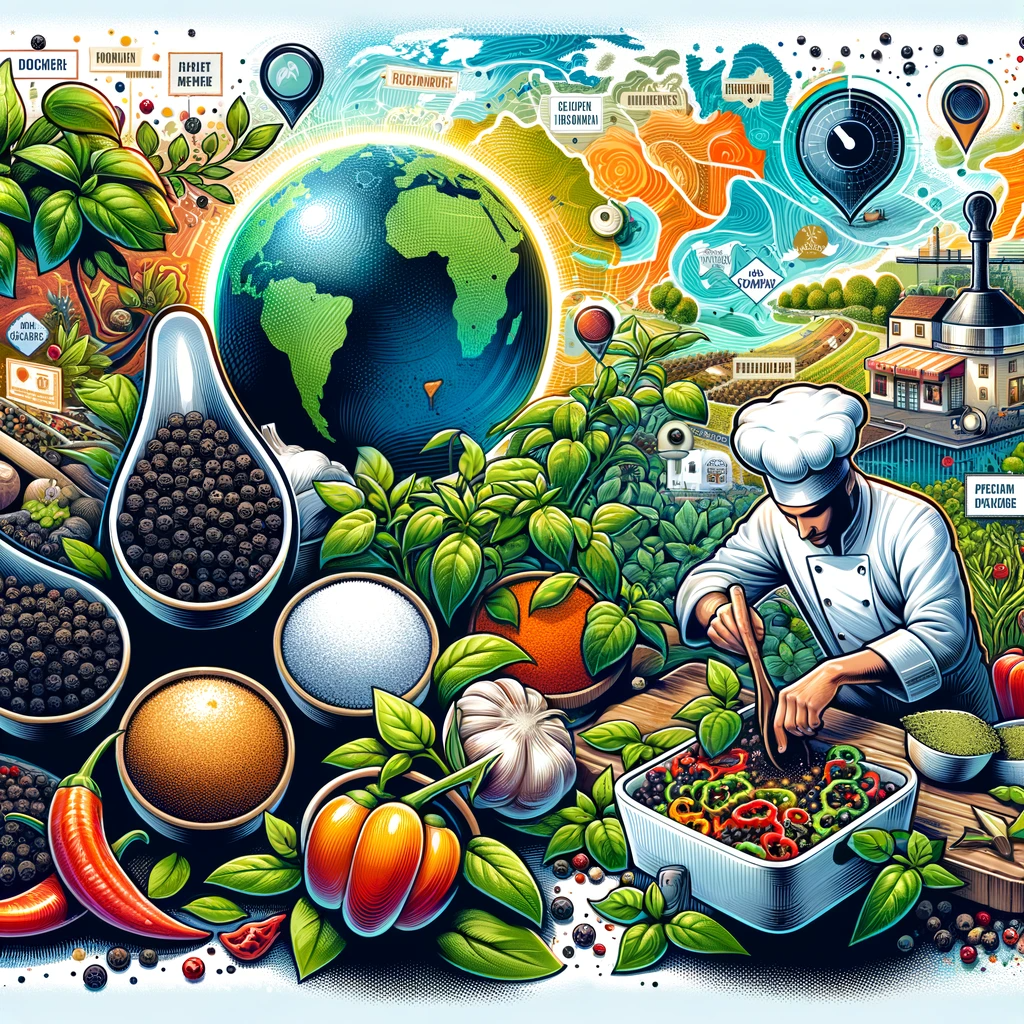When it comes to cooking, spices are the unsung heroes of the kitchen. They have the power to transform ordinary dishes into extraordinary culinary creations. One such spice that holds a special place in every kitchen is pepper. In this article, we’ll explore the different types of pepper, their unique flavors, and the proper ways to store them to ensure they stay fresh and flavorful.
Types of Pepper
1. Black Pepper
Black pepper, also known as “king of spices,” is the most common variety found in spice racks around the world. It’s made from dried, unripe peppercorns and has a robust, pungent flavor with a hint of heat. Black pepper is versatile and pairs well with a wide range of dishes, from soups to meats and vegetables.
2. White Pepper
White pepper is made from fully ripened red peppercorns with the outer skin removed. It has a milder flavor compared to black pepper and is often used in dishes where the dark specks of black pepper would be visually undesirable, such as white sauces and mashed potatoes.
3. Green Pepper
Green pepper is made from unripe peppercorns that are preserved in brine or vinegar. It has a crisp and mildly spicy flavor. Green pepper is commonly used in pickles and as a garnish for salads and cold dishes.
4. Pink Pepper
Pink pepper, also known as rose pepper, is not a true pepper but comes from the dried berries of the Brazilian pepper tree. It has a sweet and slightly spicy flavor, making it a popular choice for seasoning fish, poultry, and salads.
Proper Storage for Maximum Freshness
1. Keep it Airtight
One of the most important factors in preserving the flavor of pepper is to store it in an airtight container. Oxygen can quickly deteriorate the essential oils in pepper, causing it to lose its flavor. Choose a glass or plastic container with a tight-fitting lid to ensure a proper seal.
2. Avoid Sunlight and Heat
Pepper should be stored in a cool, dark place away from direct sunlight and heat sources like stovetops and ovens. Excessive heat can cause the volatile oils in pepper to evaporate, leading to a loss of flavor.
3. Grind Fresh When Needed
For the freshest flavor, it’s best to grind pepper just before using it. Whole peppercorns retain their flavor and aroma longer than pre-ground pepper. Invest in a good quality pepper grinder and grind only the amount you need for your recipe.
4. Keep Moisture Out
Moisture is another enemy of pepper. It can cause the peppercorns to become moldy or clump together. To prevent this, consider adding a small silica gel packet to the container to absorb excess moisture.
5. Label and Date
To keep track of your pepper’s freshness, label the container with the date of purchase. Pepper can retain its flavor for up to two years, but it’s best to use it within the first year for optimal taste.
Final Thoughts
Pepper is an essential spice that adds depth and flavor to a wide variety of dishes. By understanding the different types of pepper and following proper storage guidelines, you can ensure that your pepper remains fresh and flavorful for all your culinary endeavors. So, make room for pepper in your spice rack, and elevate your cooking to a whole new level of deliciousness!
Remember, the key to enjoying the full potential of pepper lies not just in its variety but also in how you store it. With these tips, your pepper will always be ready to enhance your meals with its delightful taste and aroma.
